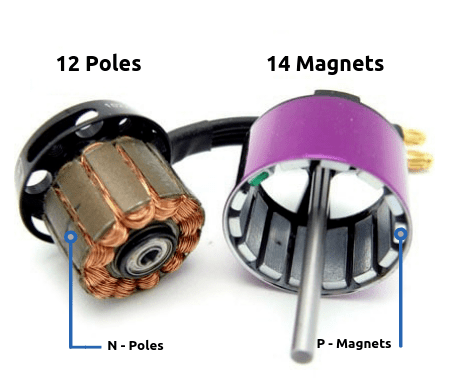Drone motors, also known as electric motors, are a critical component of a drone's propulsion system. They are responsible for turning the drone's propellers, which generate lift and thrust and allow the drone to fly.
Here's a general overview of how drone motors work:
- The drone's flight controller sends a signal to the motor: The drone's flight controller, which is a computer that is responsible for controlling the drone's flight, sends a signal to the motor indicating the desired speed and direction of the propellers.
- The motor converts electrical energy into mechanical energy: The motor converts the electrical energy it receives from the flight controller into mechanical energy, which is used to turn the propellers.
- The propellers generate lift and thrust: The spinning motion of the propellers generates lift, which allows the drone to rise into the air, and thrust, which allows the drone to move forward or backward. The amount of lift and thrust generated by the propellers depends on several factors, including the size and shape of the propellers and the speed at which they are spinning.
The flight controller adjusts the speed of the motors: The flight controller is able to adjust the speed of the motors in real-time, which allows it to control the drone's movement and stabilize its flight.
In summary, drone motors are responsible for turning the drone's

0 comments:
Post a Comment